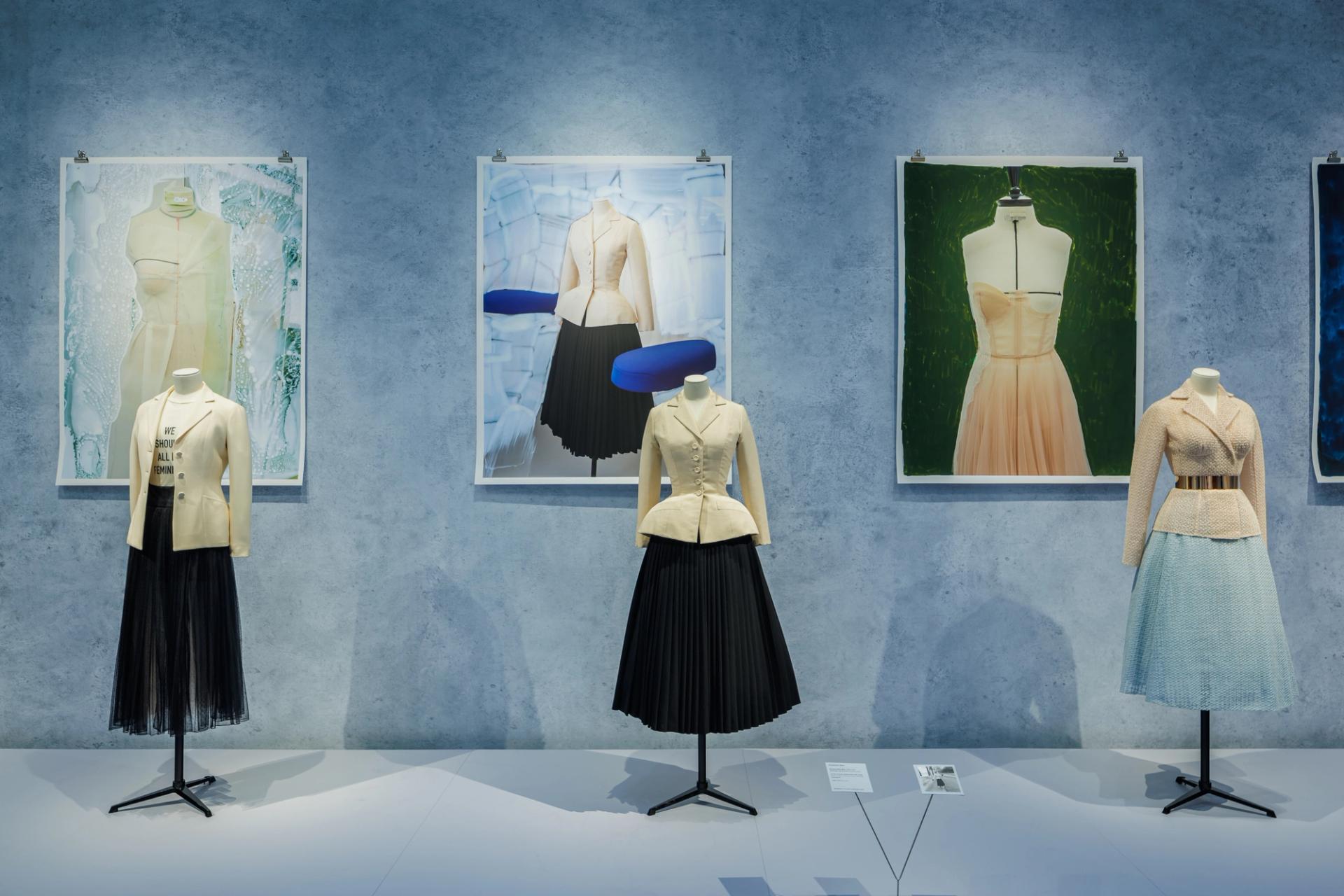A museum in the Dutch city of The Hague is aiming to make its exhibitions more inclusive by using “long story short” caption boards to explain its displays in less complex sentences.
The Kunstmuseum Den Haag launched Dior – A New Look, which explores the life and work of the fashion design house Christian Dior, on 21 September, with visible efforts to increase accessibility.
“It has got a very positive reaction,” says Margriet Schavermaker, the museum’s director. “If you can’t read so well, there is also an app tour, and an audio tour is a work in progress. We want to connect with people in different ways.”
In every room of the exhibition there are two boards, one with a long text and another entitled “lang verhaal kort / long story short”. These sum up the essence of displays in two or three simpler sentences, in both Dutch and English.
In a display of classical evening dresses, the longer board begins: “Christian Dior loved pleating, draping and designs inspired by classical antiquity.” The shorter board sums it up more simply: “Dior used pleating to structure a garment.”

Madelief Hohé, the exhibition’s curator, believes that fashion is a good medium through which to diversify the museum’s audiences
Impression (c) Studio Roodenburch
Madelief Hohé, the exhibition’s curator, was inspired by the museum’s collection of 60,000 fashion objects as well as a desire to appeal to broader audiences. “My experience is that fashion attracts more people and younger people than the general art exhibition,” she says. “Somehow, people are less intimidated by fashion exhibitions…To diversify our audiences, fashion is definitely a very good way to do it.”
The initiative comes amid changes from The Netherlands’ new right-wing government, including the announcement of a rise in VAT to 21% for “highbrow” cultural activities. This new rate will apply to public museums, theatres and concerts, but not to amusement parks, cinemas or zoos, where VAT will remain at 9%.
The Kunstmuseum’s work has been welcomed by Museumvereniging, the Dutch museums association, which in its recent annual report stressed that museums are not a “luxury product” and some are struggling to stay afloat. “Culture is an indispensable binding force in society and must be accessible to every citizen,” said Udo Feitsma, a spokesperson for the organisation.
Jan-Willem Heijkoop, a spokesperson for the Stichting Lezen en Schrijven foundation, which supports 2.5 million people in the Netherlands who struggle with literacy, said the “long story short” boards are a step in the right direction. “It’s good that the museum has summaries so that people don’t have to try to read a long text which they don’t understand,” he said.
“People who have difficulty with reading and writing want information in easier language, with simple words and short sentences. But using English on the same boards [as Dutch] is a distraction.”


